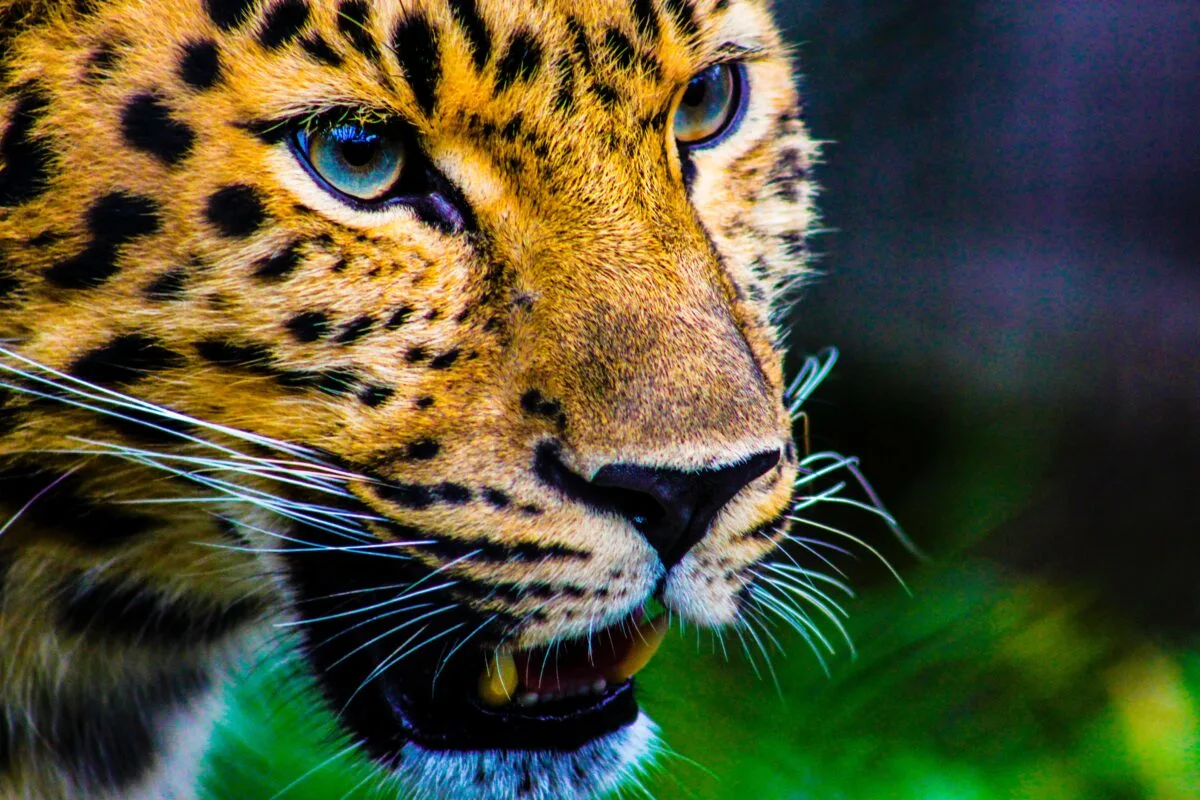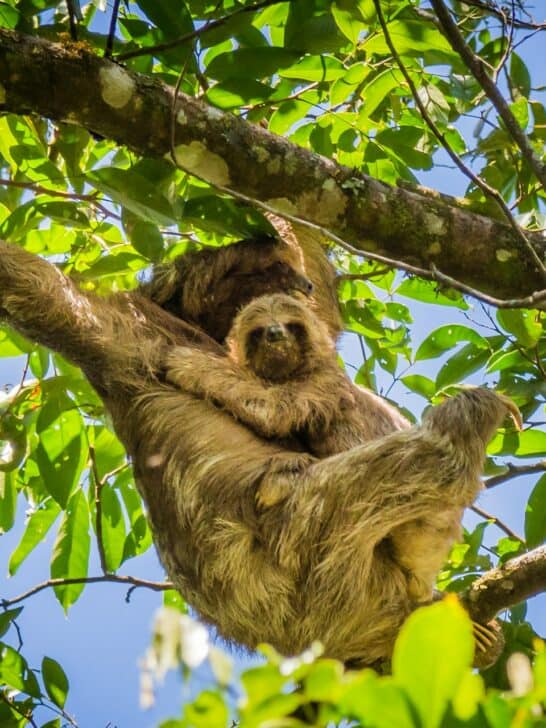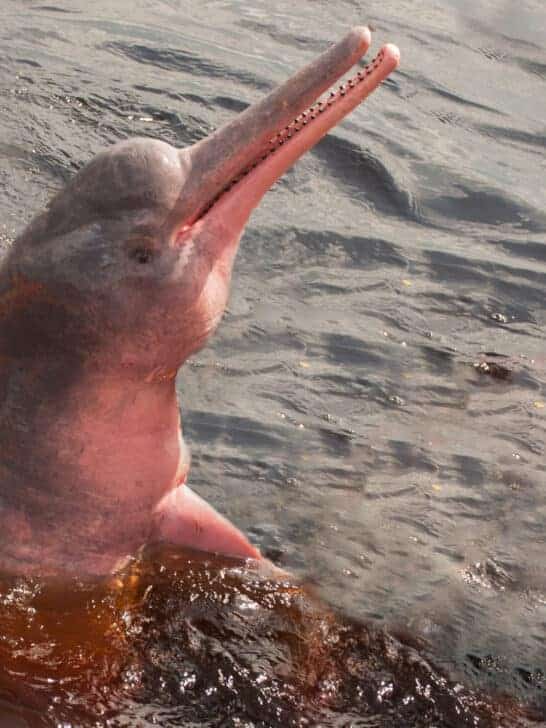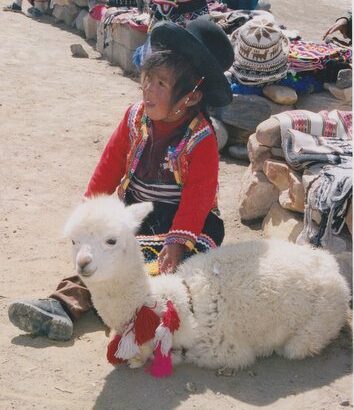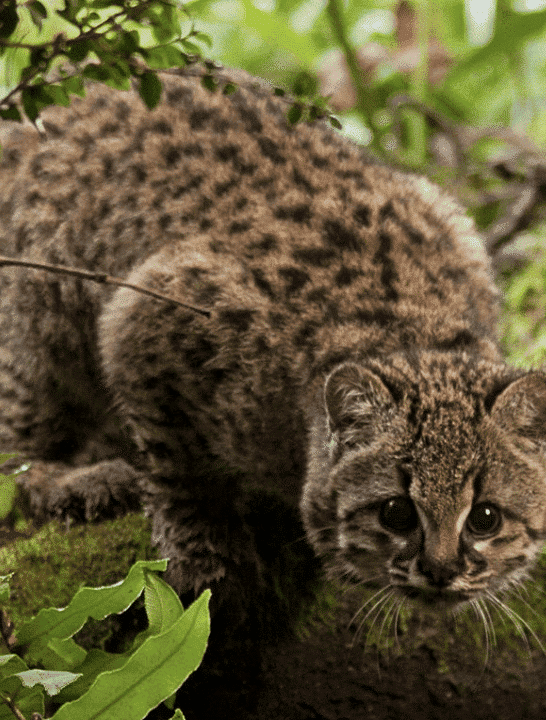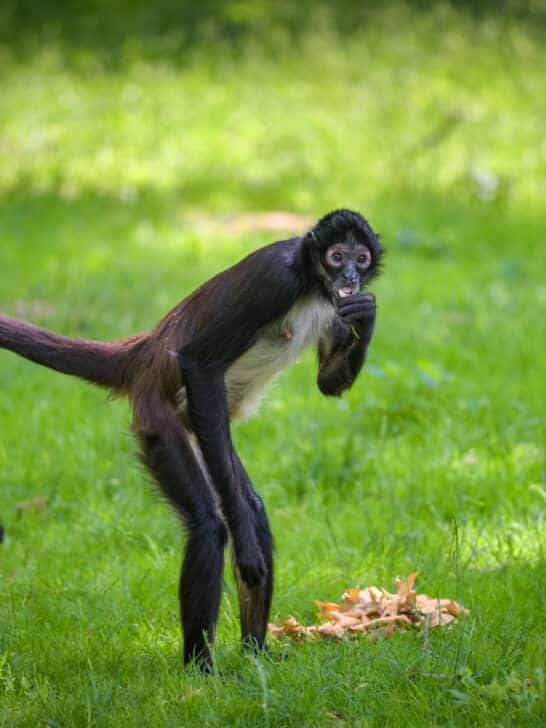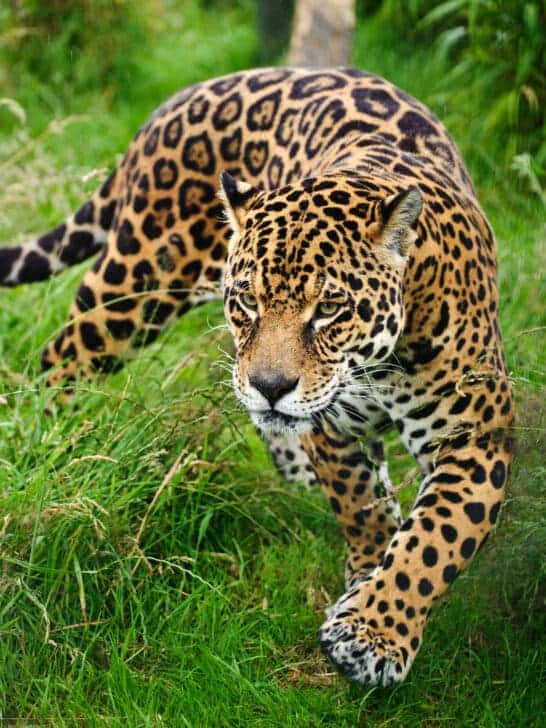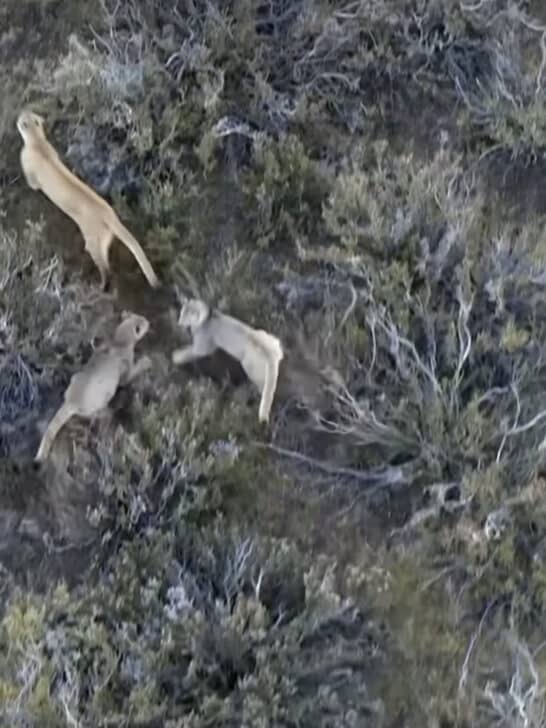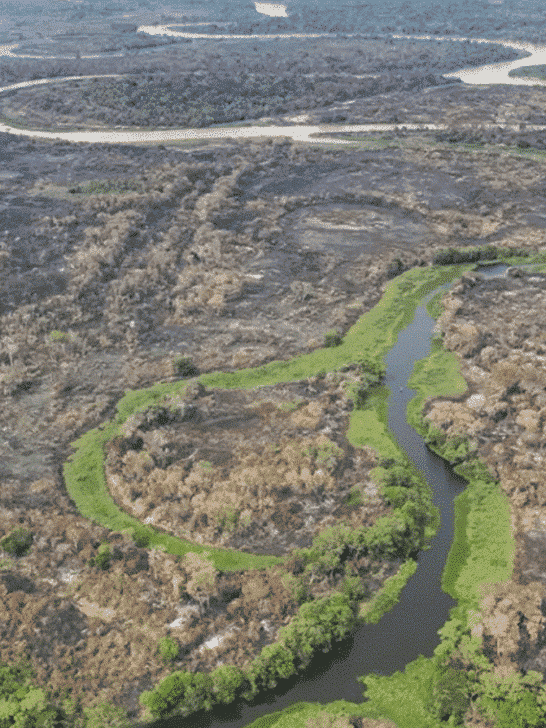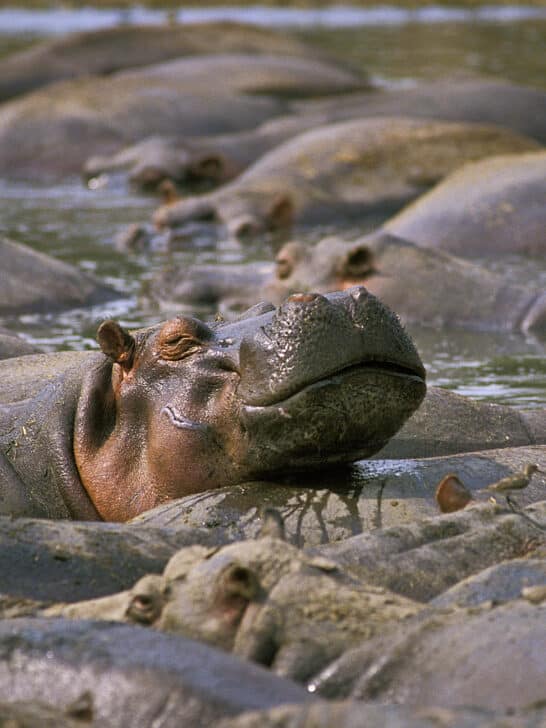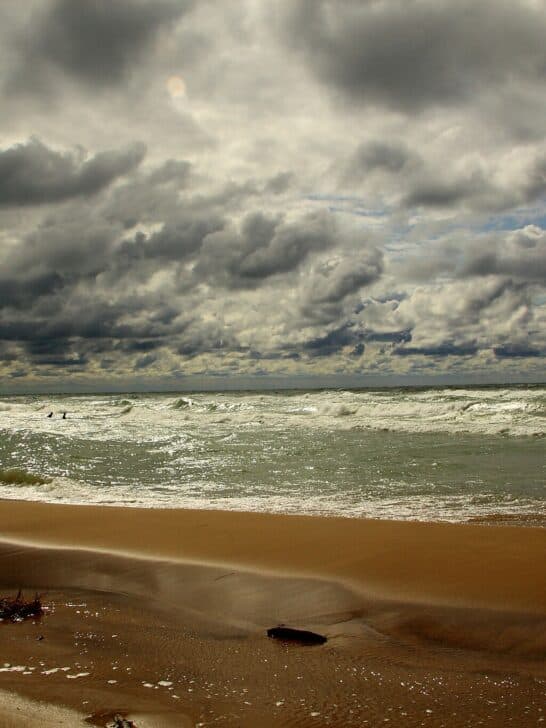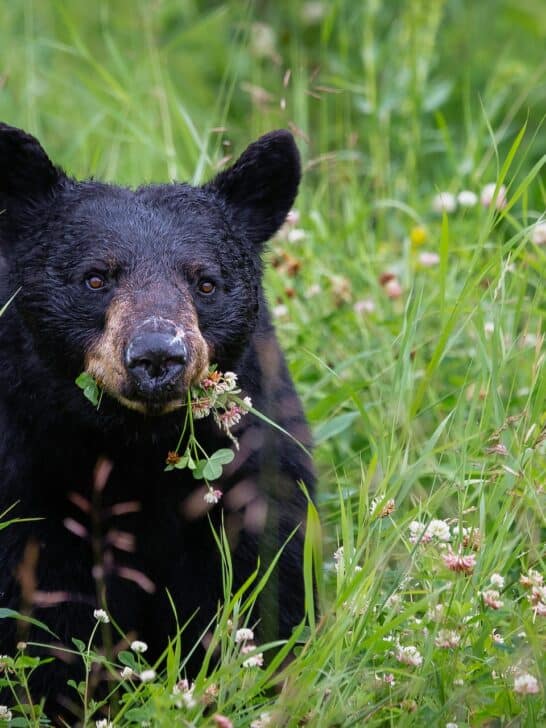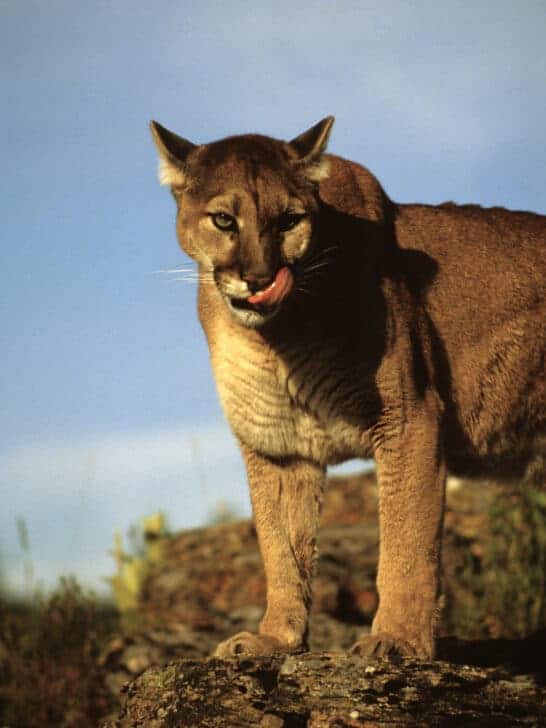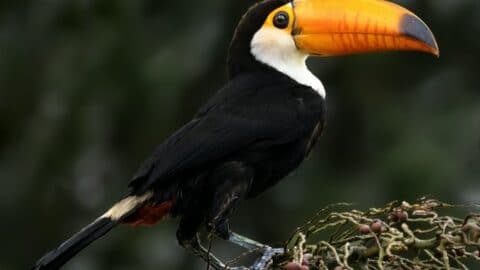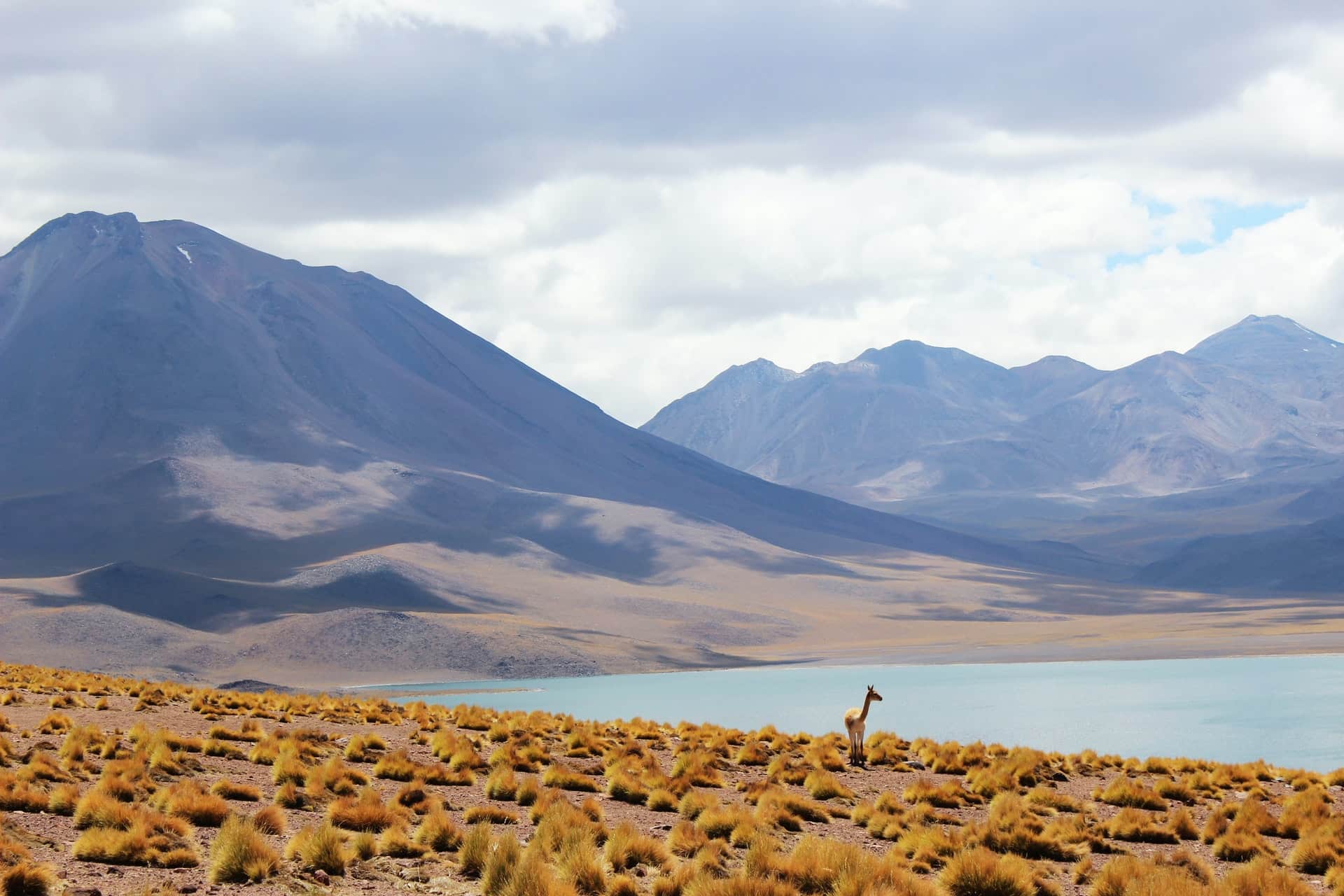Have you ever wanted to know what animals exist in South America? With exotic animals such as armadillos, jaguars, and the iconic pink river dolphins, there is no doubt that South American wildlife has some of the most incredible creatures on this planet.
List of Animals in South America
-

Best Places to see Sloths
-

Animals of the Amazon
-

The 4 Best Places to See Alpacas
-

The Kodkod: One of The Rarest and Smallest Wild Cats
-

Spider Monkeys: Nature’s Agile Acrobats
-

Five Most Dangerous Animals in South America
-

Watch: Pumas Play Hide and Seek in Chile’s Atacama Desert
-

Pantanal Under Flames: Home To Biggest Jaguar Population
-

Pablo Escobar’s Hippos: A Conservation Conundrum in Colombia
-

Discovering Michigan’s Wildlife
-
Discover Florida’s Most Dangerous Animals
-

Explore Black Bear Habitats in Upstate New York
-

Meet California’s Mountain Lion Population
-

Animals and Wildlife in South America
-

Animals and Wildlife in the Bahamas
-

Animals and Wildlife in Antarctica
-

Animals and Wildlife in Chile
Newest Category: Animals in South America
Latest posts by Jan Otte (see all)
- Animals and Wildlife in Colorado - April 24, 2024
- Best Places to see Sloths - April 24, 2024
- Where to See Alligators in the Wild - April 24, 2024

